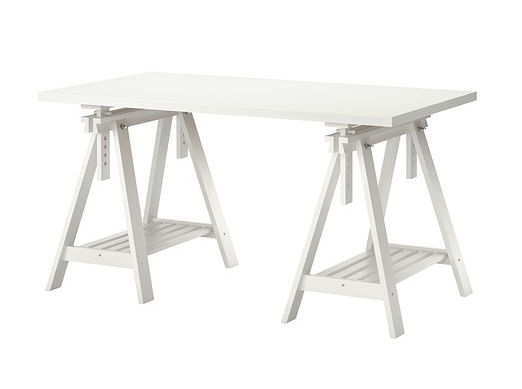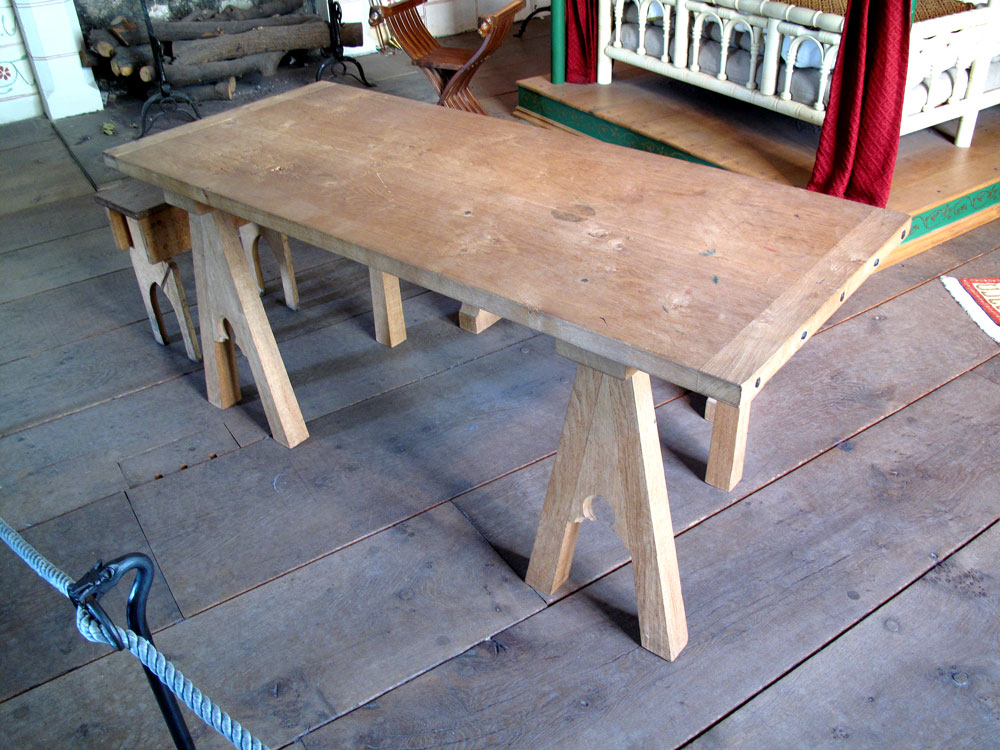We may receive a commission when you use our affiliate links. However, this does not impact our recommendations.
IKEA hacking – buying furniture kits (sometimes charming, sometimes not) from the Swedish mega-retailer IKEA, then altering the kits to create your own designs (sometimes charming, sometimes not).
I wrote a short post on furniture hacking recently, and I’d be negligent in my reporting duties if I didn’t at least mention the largest contributor to the trend today – IKEA hacking. Complete a quick internet search for “best IKEA hacks” and you’ll see hundreds of images to illustrate the definition I offer above. Does it seem dangerous that I’m even writing about such a thing on the blog of a venerable woodworking magazine? Well, I want to point you to an alternative definition of IKEA hacking that I think should be inspirational for your furniture design.
Alternative definition of IKEA hacking (for woodworkers):
Browsing the IKEA website and perhaps visiting the store in order to study the modern forms in some of the product lines, then eating a few meatballs and sketching better designs.
I once designed a bookcase – inspired by IKEA ideas – that I could take apart and put back together between moves. I beefed up the sides and shelves to give it a more substantial look, and I improved the joinery by using better hardware. It was not a project I’d proudly send for consideration in a woodworking contest, but it was functional and – to my eye at least – pleasing.
Christopher Schwarz calls the forms evident in timeless furniture designs “elemental forms.” They are design aspects and components that will last for centuries to come and, I would add, are visible even in some corners of IKEA. The trick is training your eye to see what is timeless and useful, versus what is truly garbage. That kind of training is a trend I can definitely get on board with.

Some aspects of this IKEA trestle-based table make it a good candidate for design adaptation for woodworkers.

The furniture makers at the Tower of London were not IKEA hacking. They were just using elemental forms.
So IKEA hacking, at least in my experience, can mean designing in a modern style while employing traditional building methods. We have a fine new example of that idea in one of our latest releases – “Simple and Stylish Backyard Projects.” The authors, who happen to be Scandinavian, present 37 nice-looking projects that help to train your eye and utilize solid construction techniques. Buy it today!
What are some of the “elemental forms” you’ve used in your furniture designs, and where did you discover the ideas?
–Dan Farnbach
Here are some supplies and tools we find essential in our everyday work around the shop. We may receive a commission from sales referred by our links; however, we have carefully selected these products for their usefulness and quality.









I used to be an Ikea fan before I knew anything about furniture or woodworking. I can still remember the first time a Lack table broke, exposing it’s honeycombed cardboard flesh beneath it’s cheap veneer. I don’t know why it came as such a surprise, but it was in that moment that I knew I wanted real, solid furniture from that point on.
I now have plans to over the course of my life, replace almost every item of furniture in my house with something made by my own hands, or by the hands of a skilled craftsman (i.e. definitely not my hands 😛 ).